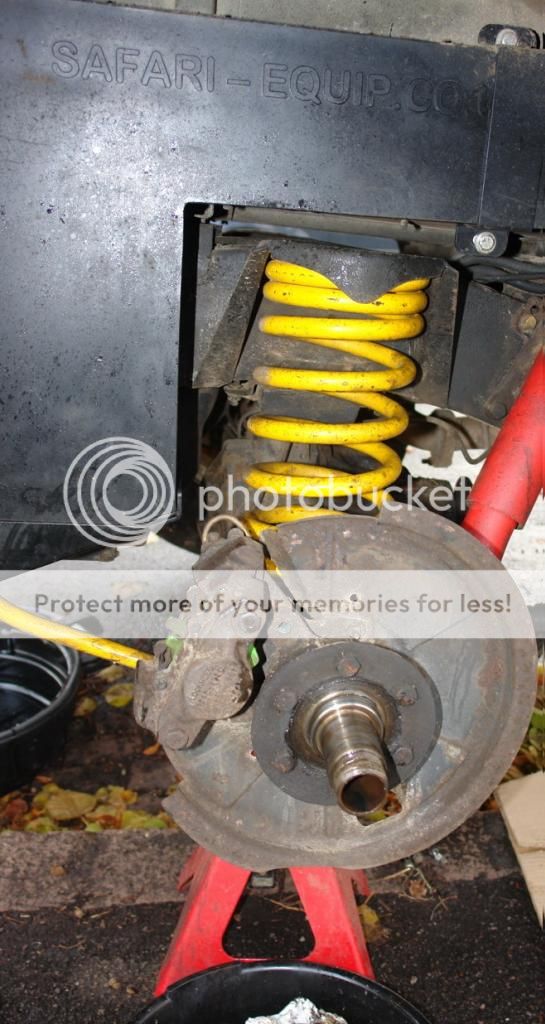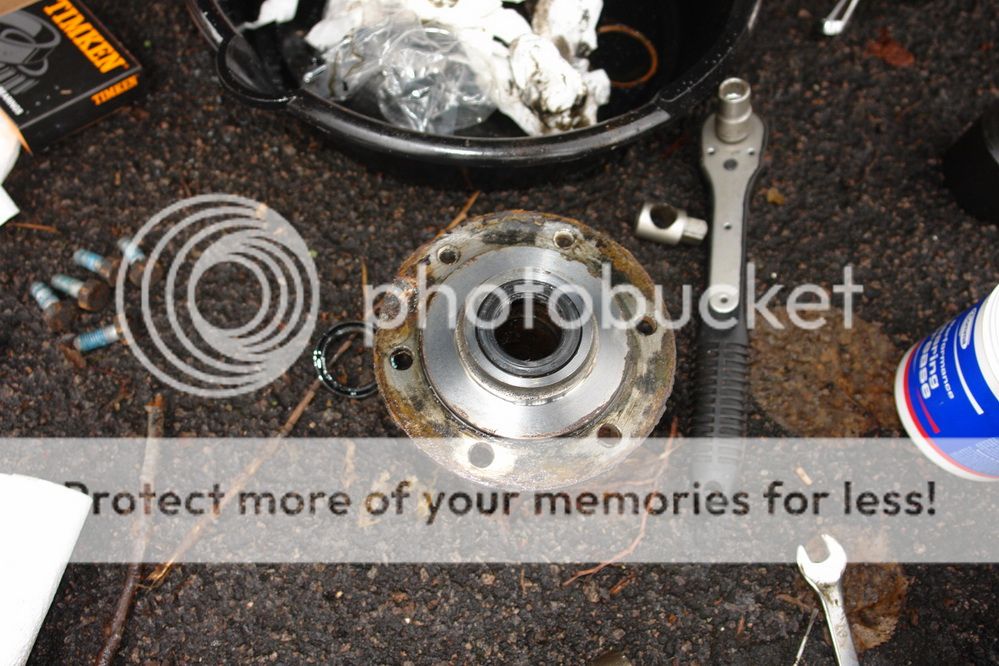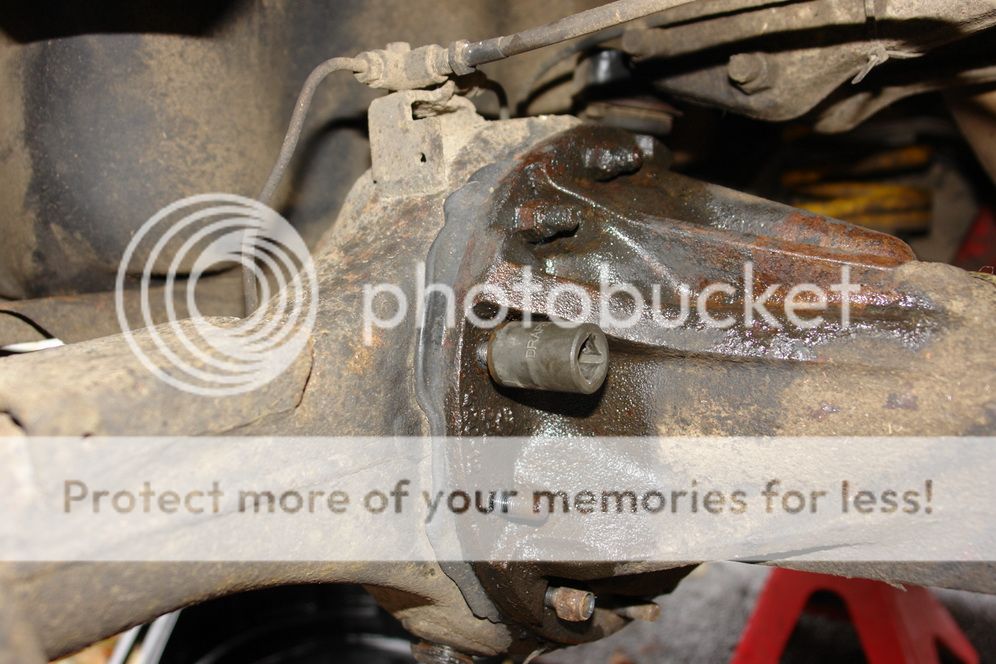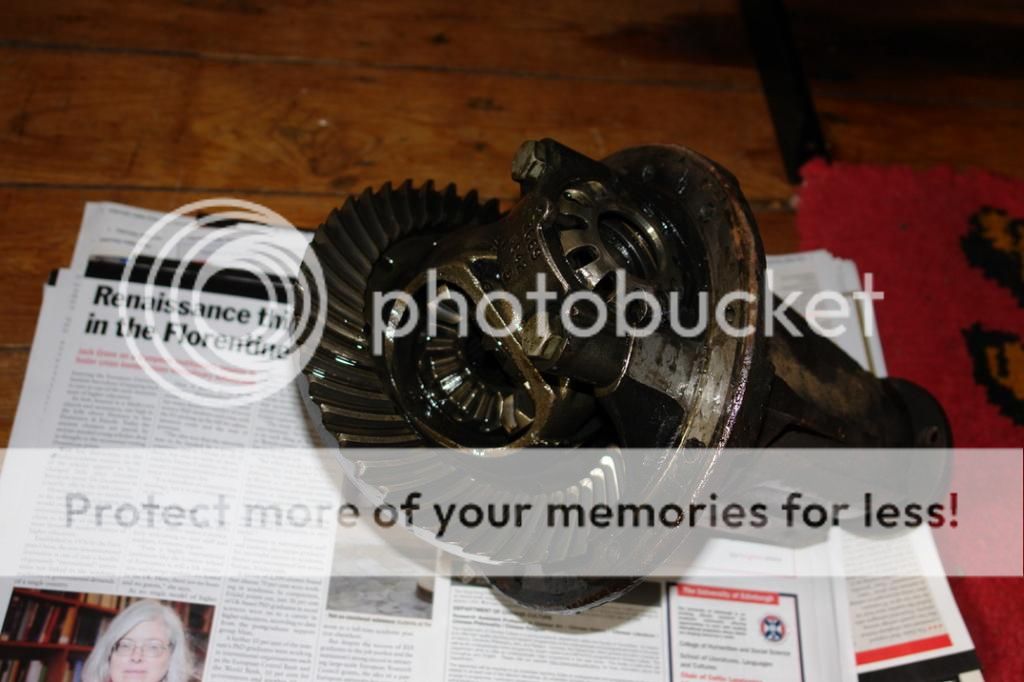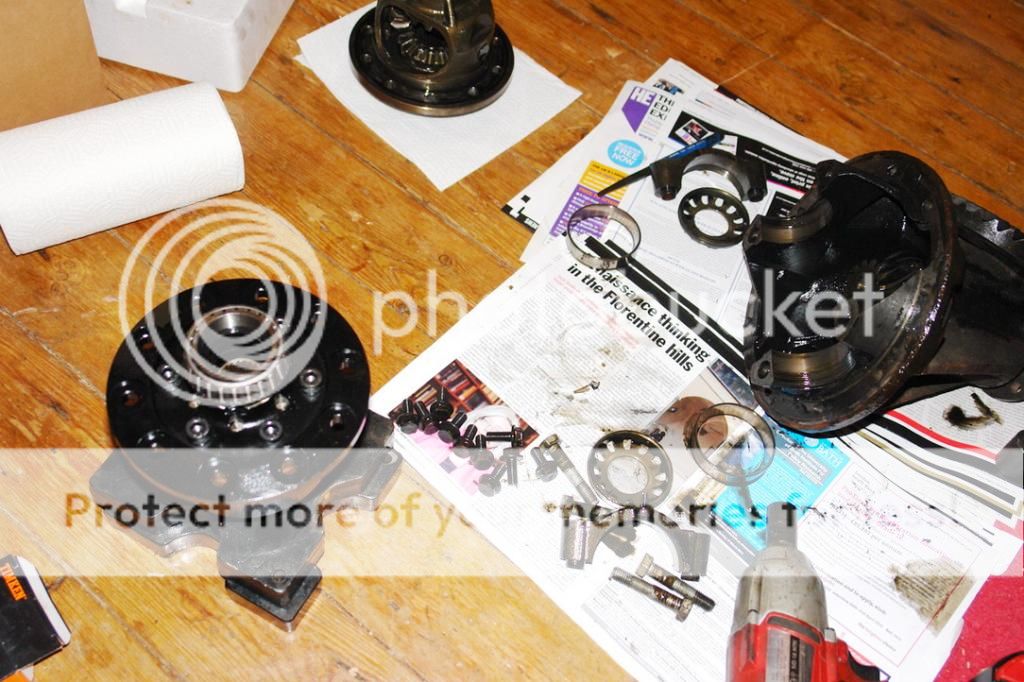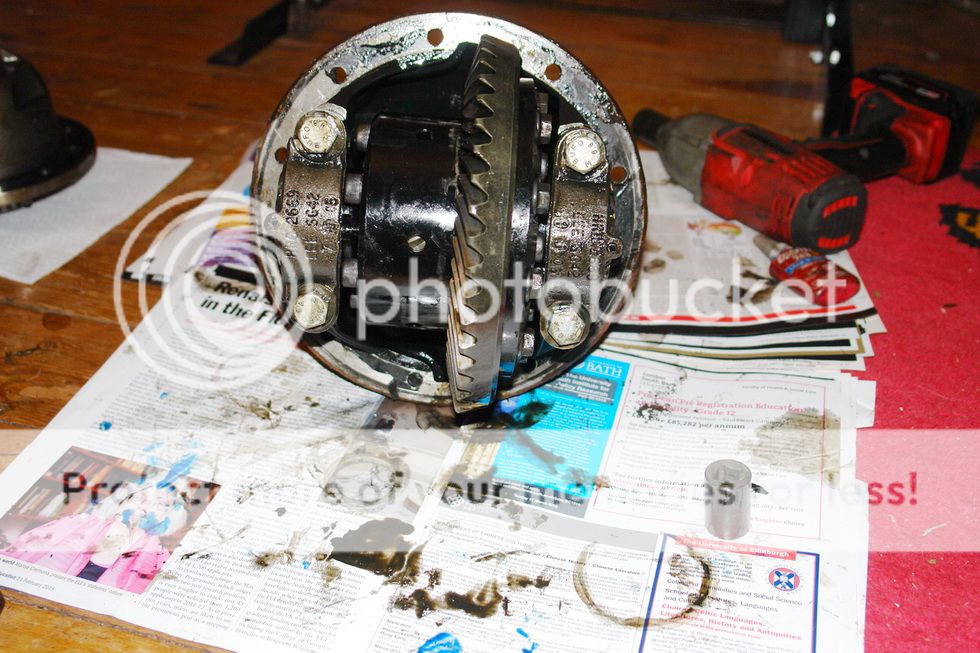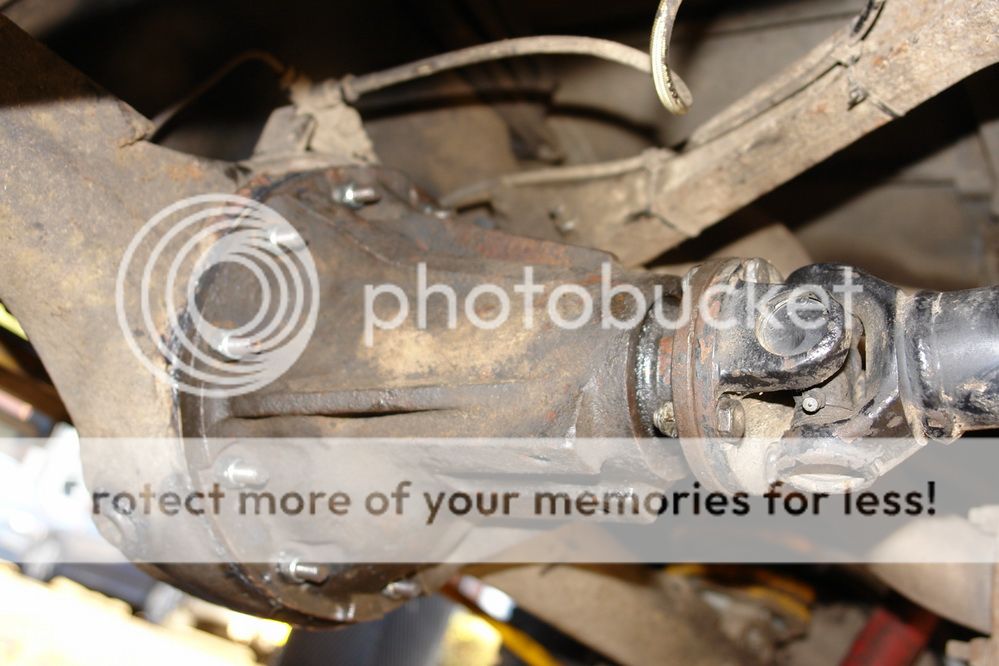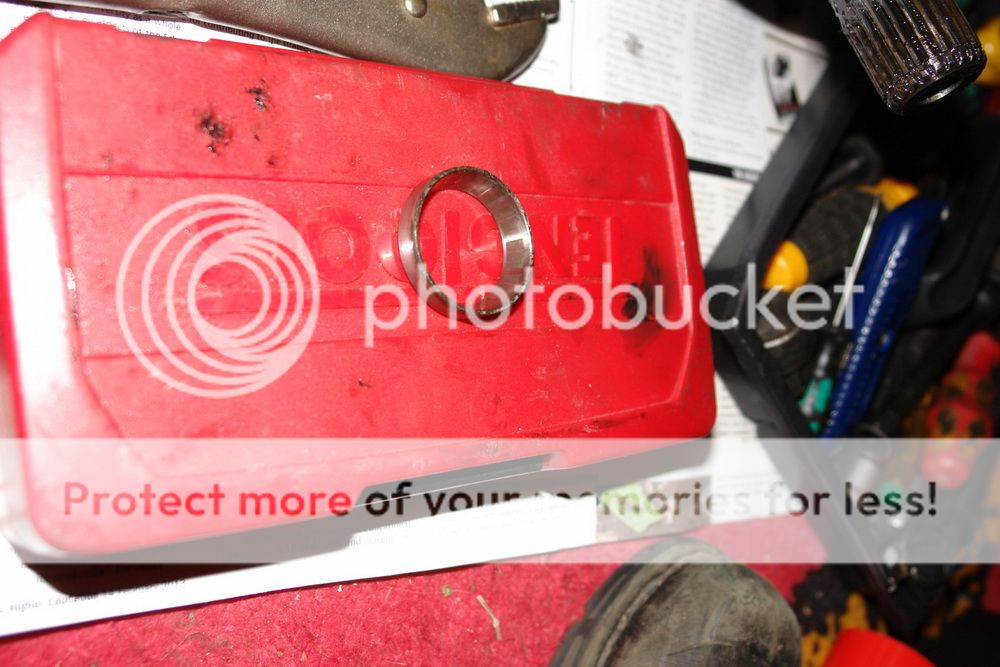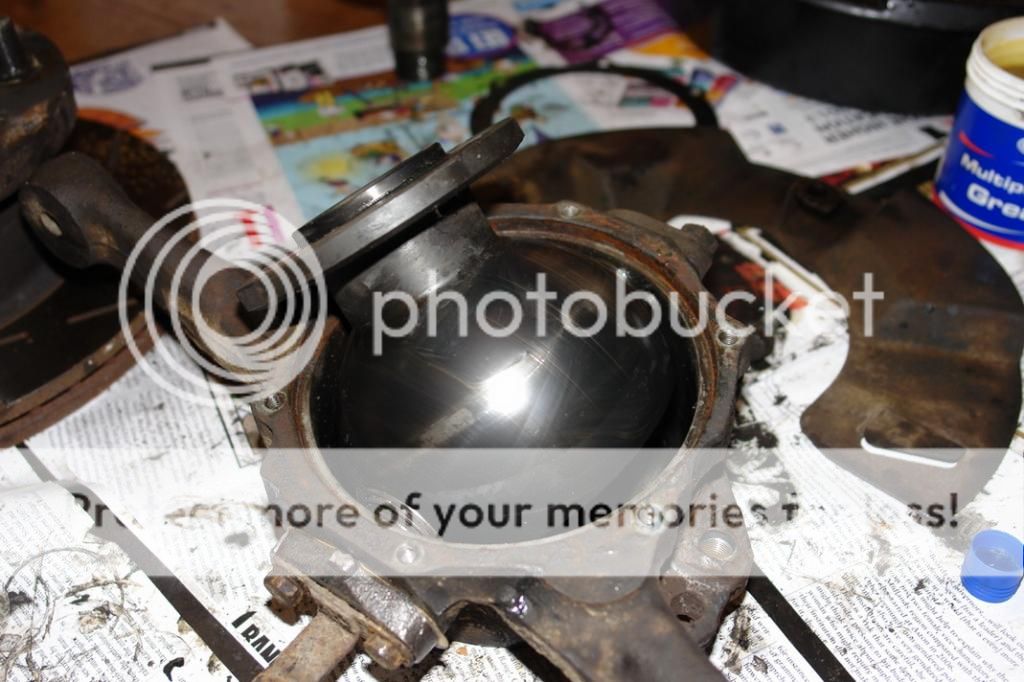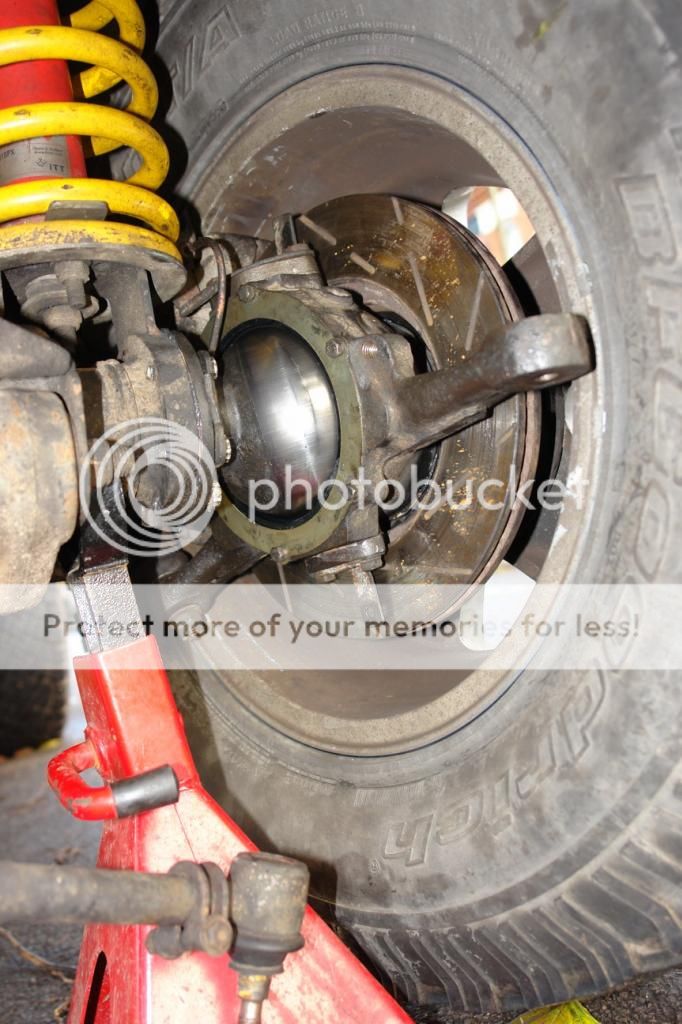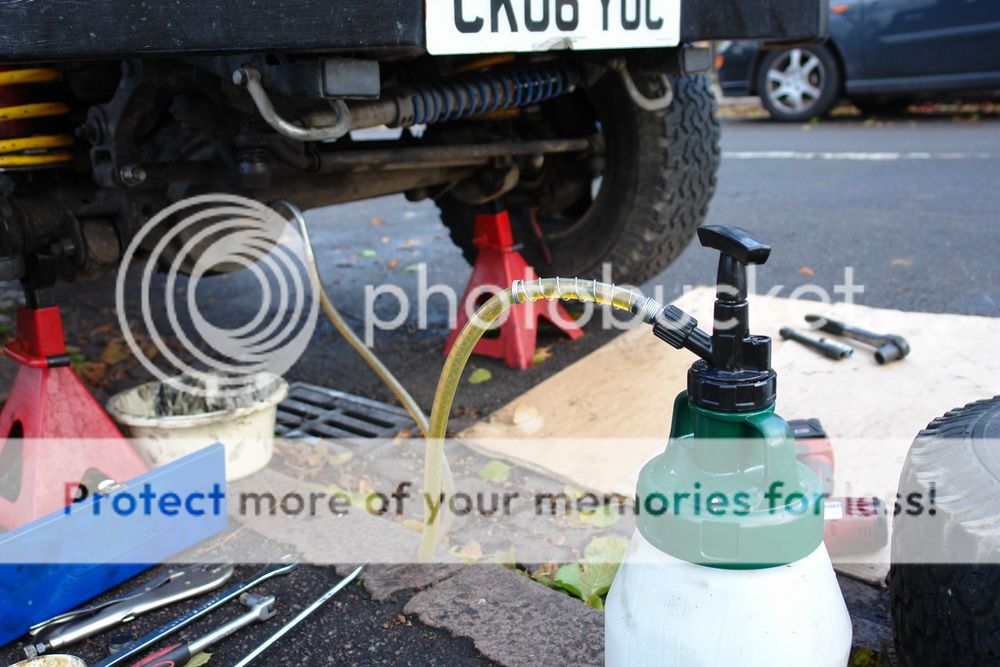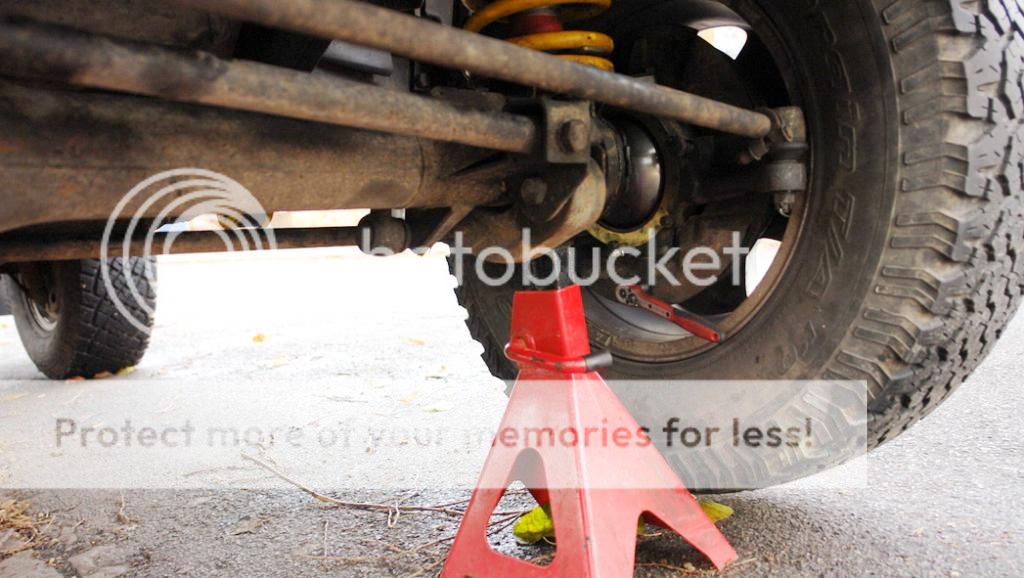- Posts
- 7,767
- Location
- East Midlands
I didn't have to go in to work this morning so I thought I'd get a start on my axles seeing as last night's rain had stopped. Let's try a wheel bearing to get us in the mood. Well it's a bit more than a wheel bearing. My nearside rear hub keeps filling up with oil so it might be a good idea to fit a new half shaft seal. Not too difficult I thought. But the brake calliper would not come off. The bolts were new in only about 18 months ago but they did not want to shift. Eventually I got them moving but every turn was a struggle. They weren't corroded, it was just the Loctite. Blimey, it's good stuff.
Here's the hub dismantled and a lot of gloopy, expired EP90 draining into a dish into which I have also chucked the old bearings.
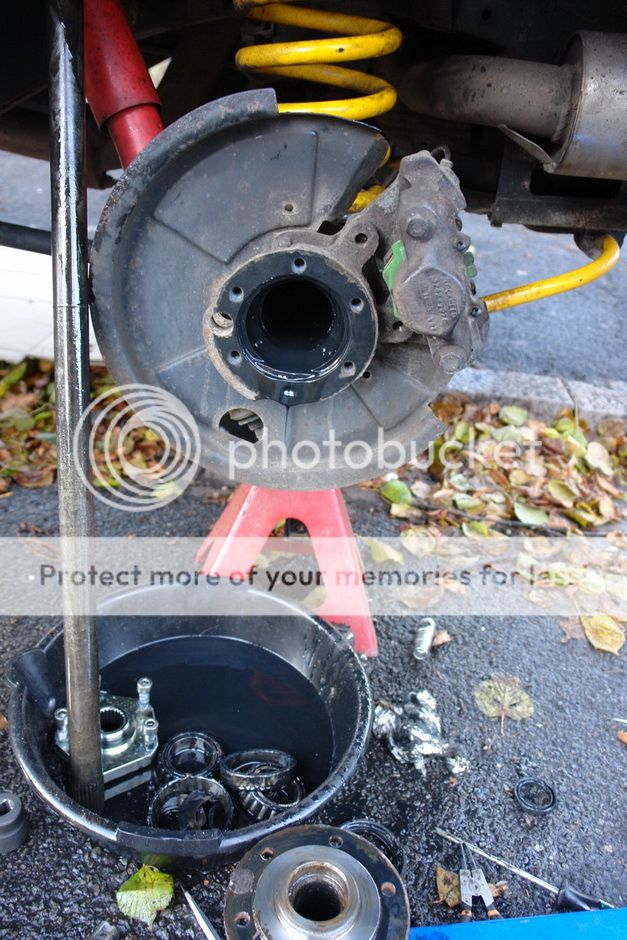
Everything else was straightforward. Old bearing races tapped out, new ones tapped in, new seal tapped in, then taken out again because I'd forgotten to put the inner race of the inboard bearing in first, seal checked; no I hadn't damaged it getting it out thank goodness, so tap it back in carefully. Stub axle seal replaced, Loctite on the bolts and stub axle back on. Plenty of grease and hub and hub retaining nut back on.
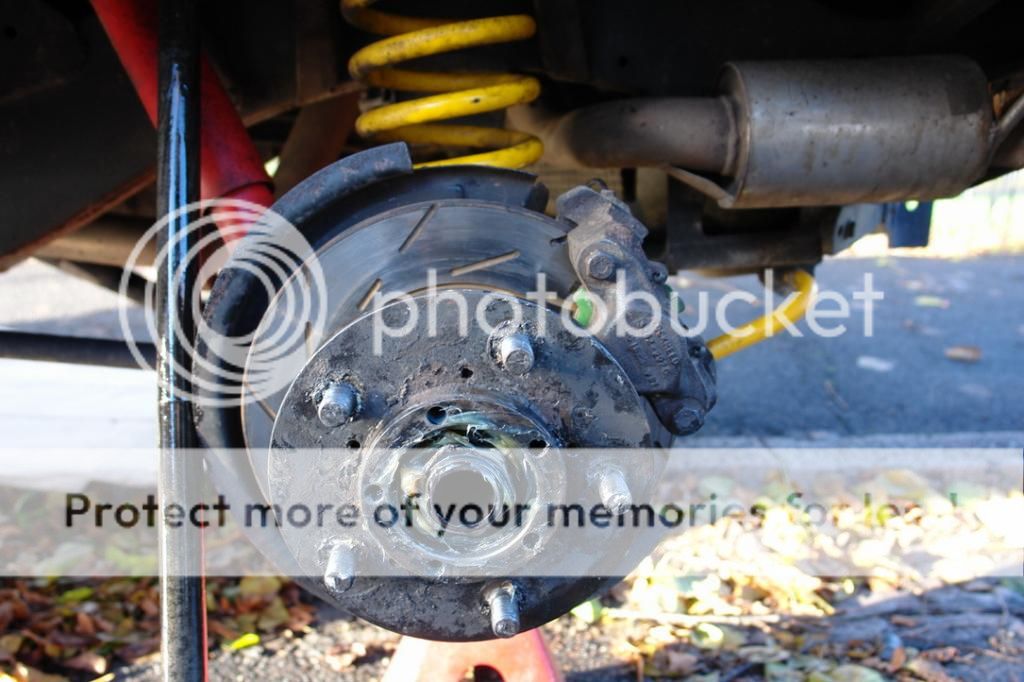
Phew. Shame I wasted over an hour just getting the calliper off.
Now lets have a look at the diff seal. Here's where I thought I really would struggle. I was expecting the bolt to be immovable and the flange to require a puller to get it off. But everything was only finger tight.

I butchered the seal out and couldn't find the seals which I could have sworn Id bought. Plenty of big ones for the hubs and small ones for the halfshafts, but no intermediate sized ones for this job. Where had I put them? Or maybe I'd forgotten to order them completely. Better go to work now. Tune in tomorrow for another instalment.
Here's the hub dismantled and a lot of gloopy, expired EP90 draining into a dish into which I have also chucked the old bearings.

Everything else was straightforward. Old bearing races tapped out, new ones tapped in, new seal tapped in, then taken out again because I'd forgotten to put the inner race of the inboard bearing in first, seal checked; no I hadn't damaged it getting it out thank goodness, so tap it back in carefully. Stub axle seal replaced, Loctite on the bolts and stub axle back on. Plenty of grease and hub and hub retaining nut back on.

Phew. Shame I wasted over an hour just getting the calliper off.
Now lets have a look at the diff seal. Here's where I thought I really would struggle. I was expecting the bolt to be immovable and the flange to require a puller to get it off. But everything was only finger tight.

I butchered the seal out and couldn't find the seals which I could have sworn Id bought. Plenty of big ones for the hubs and small ones for the halfshafts, but no intermediate sized ones for this job. Where had I put them? Or maybe I'd forgotten to order them completely. Better go to work now. Tune in tomorrow for another instalment.

